i am a young male and have recently been experiencing thinning hair and a slight receding hair line. recently i started using a testosterone boosting product as I frequently weight train. This product as well as boosting testosterone, claims to lower estrogen, cripple shbg, as well as inhibit DHT. The ingredients are: tribulus, fenugreek, tongkat ali, red clover extract, chrysin, kudzu root, diindolymethane, avena sativa, zinc, pygeum africum, stinging nettle, beta sitosterol, saw palmetto, flaxseed, glycine, l-arginine, magnesium oxide, dipotassium phosphate, malic acid, and l – methionine. while the products mainly used as a testosterone booster, do you think i can continue its use to combat hair loss due to all its dht blockers? after i few months of use i have noticed significantly less hair fall in the shower. I have done some research on the internet and most of the ingredients in a lot of hair loss products are quite similar. What is your take on the use of this product since it claims to (and has) increased testosterone considerably?

The only FDA approved and proven medication for treating hair loss by combating DHT is Propecia (finasteride). To use saw palmetto as an example, since it is listed in the ingredients list you sent — saw palmetto is claimed to treat hair loss by way of DHT. A big difference between FDA approved medications and these non-FDA approved supplements is that the dosage required for treatment is well defined in the medications, but not in the supplements. For starters, who knows how much saw palmetto is in various supplements? It is most certainly different amounts in different products.
If you’re going to take something specifically to treat hair loss, I’d go with something proven to be effective. If this testosterone booster is something you’re taking and is working for your hair, that’s great news and I hope it continues to work. I couldn’t tell you for sure whether it’s actually working or will continue to do so, however.


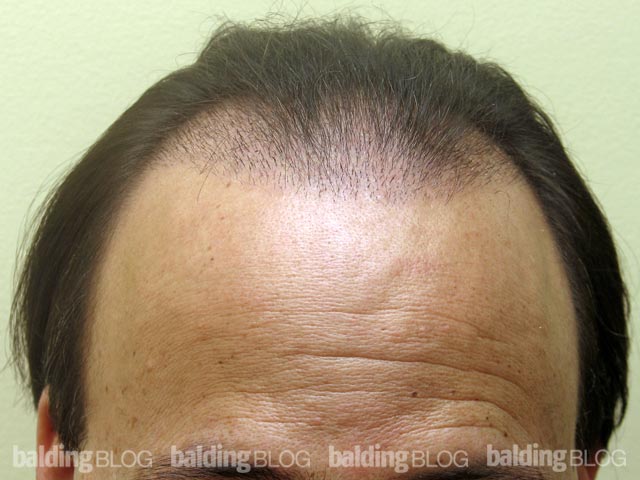
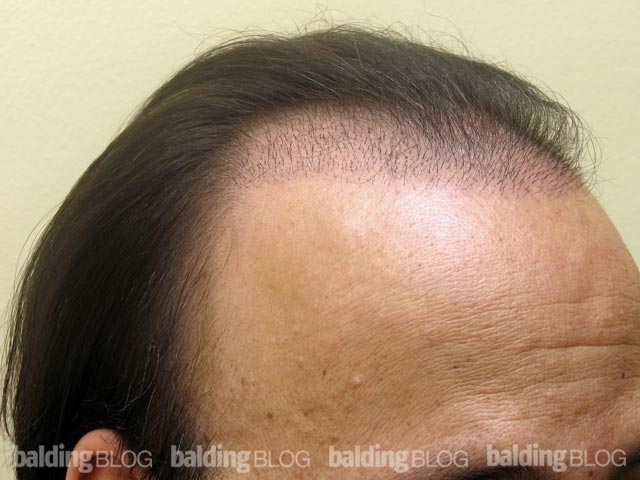
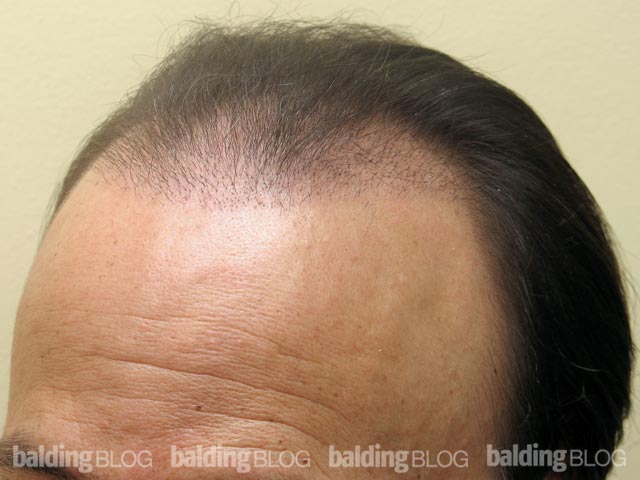
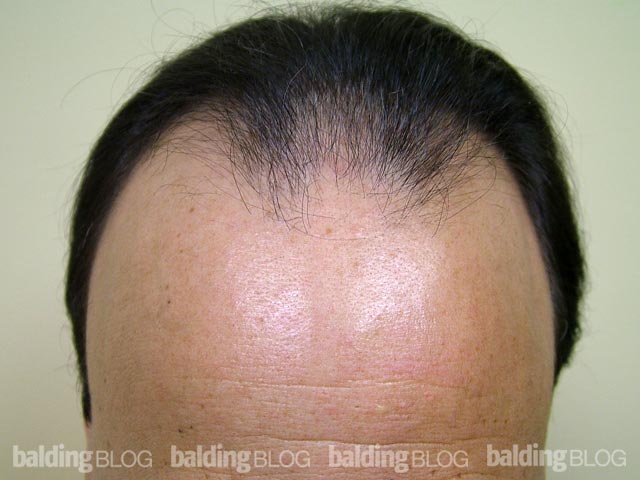
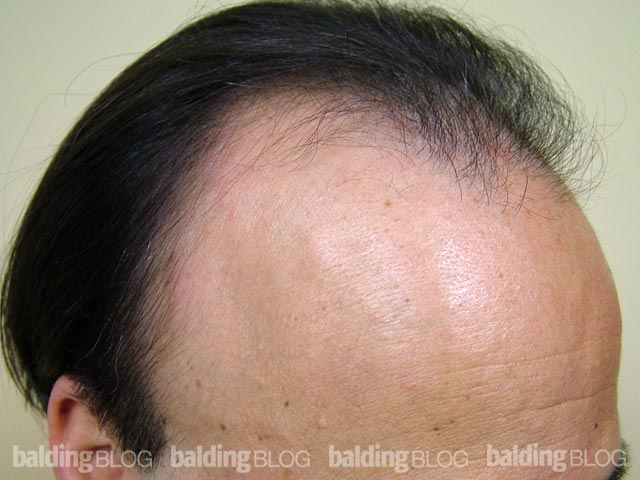
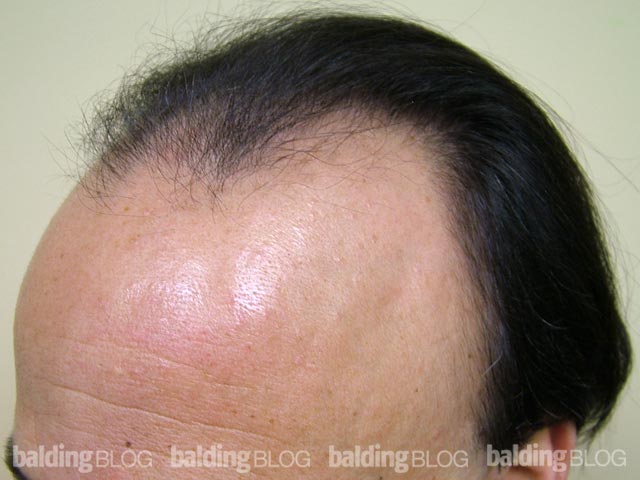
 Your question is a good one, but firstly, I’ve never used the age of 35 as a minimum requirement. I will readily transplant any man if:
Your question is a good one, but firstly, I’ve never used the age of 35 as a minimum requirement. I will readily transplant any man if: